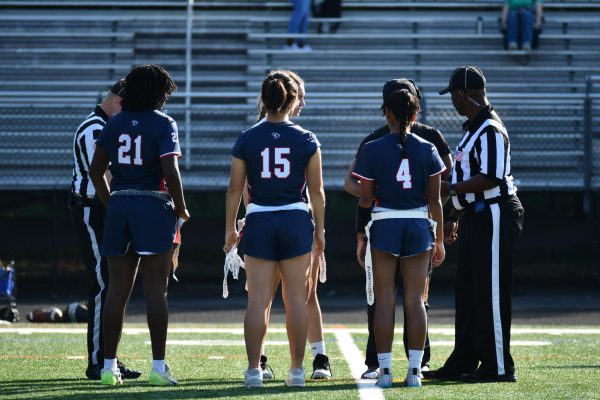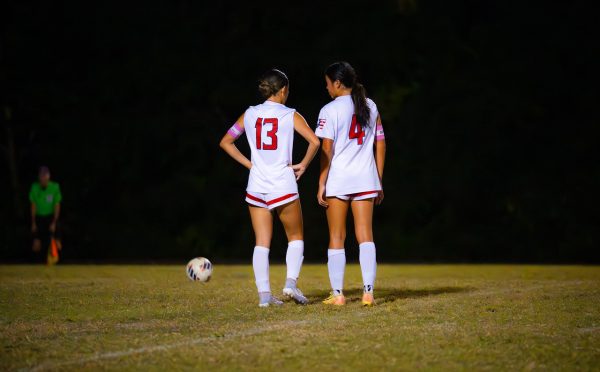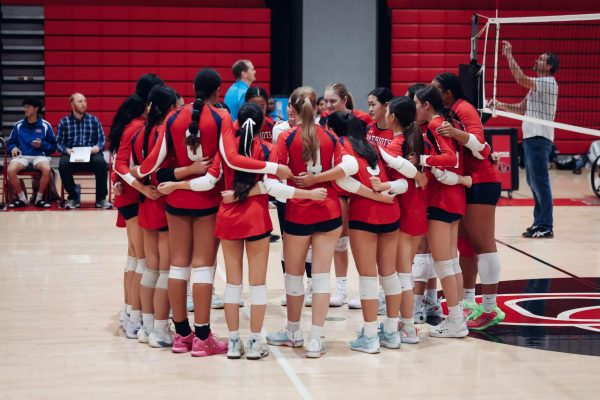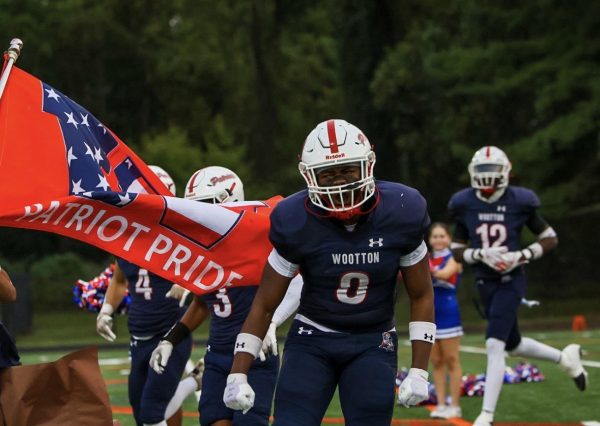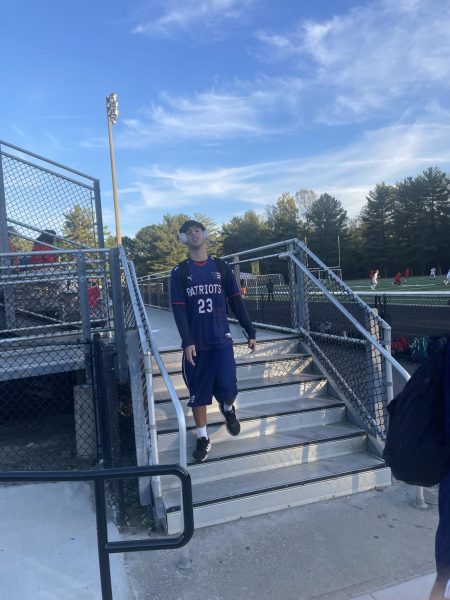MCPS concussion protocol helps student-athletes head back to sports
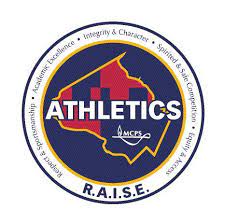
MCPS athletics oversees all sports across the county and protocols surrounding injuries.
Helmet to helmet collisions, field hockey sticks to the head, falls on the ice and more are all ways that student-athletes anywhere could wind up with a concussion. After watching an injury happen, you might wonder what is next. With controversy in the NFL about the treatment of Miami Dolphins quarterback Tua Tagovailoa, as well as the change in the school athletic trainer, protocols about concussion treatment across MCPS are more important than ever.
According to the official MCPS concussion protocol, there are athletic trainers assigned to each of the 25 high schools. However, the majority of the fall season here was spent without a trainer, causing coaches, teammates, managers, parents and athletic directors to assist in the case of any medical emergency. “The difference between having an athletic trainer and not having an athletic trainer is that the athletic trainer can work the student athlete through the process of being OK to play again,” athletic director Alton Lightsey said.
The MCPS concussion protocol includes six stages of recovery: light aerobic exercise, heavy aerobic and strength activity, functional, individual sport-specific drills without risk of contact, non-contact practice, full-contact practice and full participation in physical education and return to game. Senior Lauren Povich plays field hockey and lacrosse and has experienced two concussions as a student athlete. “Once I was feeling better and was cleared to do so, I went through this five-day thing where I did some workouts and ran and they would ask me how I felt after,” Povich said.
According to Lightsey, the most important part of recovery is being taken out of a contest or practice immediately and following up with a doctor as soon as possible. A concussion can be mild, where rest and limited activity are needed to recover, or severe, in which case a hospital visit is required. While symptoms could be delayed, loss of consciousness, dilated pupils, weakness in limbs and seizure are always an emergency, according to the Mayo Clinic.
Concussions can happen in any sport, but there is the most risk in sports where there is a high amount of contact, such as in football, ice hockey and boys’ lacrosse. According to the MCPS concussion protocol, the concussion rate in football is among the highest in interscholastic sport, with 95% happening while blocking, being blocked, tackling or being tackled. So far during this winter season, there have been no concussion within this school’s athletics, according to Lightsey.
Recently, a new athletic trainer, Emily Strobino, was hired to partially fill the vacancy. While there have been no concussions yet this season, having an athletic trainer will be helpful as student-athletes get injured during play, whether from a concussion or not.
Your donation will support the student journalists of Thomas S. Wootton High School. Your contribution will allow us to purchase equipment and cover our annual website hosting costs.
Dylan is a 2023 graduate.


